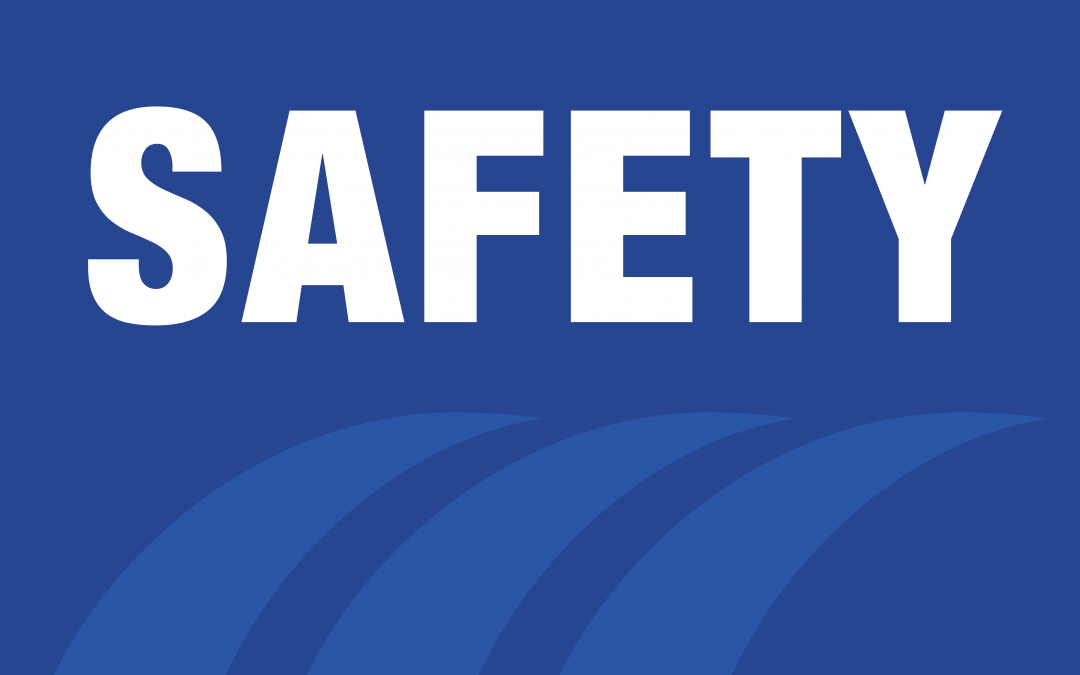
We have all been in winter driving situations where we think the roads are fine and clear and then suddenly, we realize we were wrong. The snow begins to fall, and the temperature has dipped below freezing and the road is not as fine and clear as it was when the trip began. This can be frightening and extremely dangerous.
Black Ice is nearly impossible to see. The road may look perfectly clear until we are sliding down the road and realize otherwise. Beware of black ice on bridges, in tunnels, and any shaded areas on the road. If you see a gloss or sheen to the road this is a tip that black ice could be on the road. Morning and evening is when black ice often is a problem.
Here are 5 driving tips for dealing with black ice from the Western Slope Driving Institute:
1) Resist the urge to hit the brakes.
While it is natural to want to brake when you begin to feel your vehicle swerve, braking will actually make you lose control and skid. Instead of braking, ease up on the gas and calmly tap the brakes to slow down.
2) Keep the steering wheel straight.
To avoid swerving off the road or into oncoming traffic, firmly hold your steering wheel straight. When you start to drift one way or the other, make sure you don’t drastically over correct on your steering wheel.
3) Slow down by decelerating or shift to lower gear.
Slowly let off the gas pedal to slow down. Shifting to a lower gear provides your vehicle with more control. Vehicles with paddle shifters that allow drivers to easily shift to a lower gear gives drivers more control in the ice and in the snow.
4) Head for areas of traction.
Look for areas with gravel, sand, or white snow. These areas provide your tires with some much-needed traction to gain control of your vehicle. Always be wary of the “black” parts of the road, since it can be black ice.
5) Stay calm.
While it’s easier said than done, keeping calm, cool, and collected will help you get through the patch of black ice safely. Never stop on the shoulder of roads or highways, as this is an extremely dangerous place where you’re likely to be struck by another passing vehicle that has hit an icy patch. If you need to, pull into the nearest parking lot or rest stop.
70 percent of the roadways in the U.S. are in snowy regions. The U.S. Department of Transportation has found that 24 percent of weather-related accidents occur on snow, slush, or ice each year and 15 percent of those accidents are during a snowfall or while it is sleeting. Over 1,300 people are killed and 116,000 injured each year due to weather-related accidents.
Preparing for winter driving is essential.
- Be sure to check tire tread and all fluids before venturing on a snowy region run.
- Windshield scrapers and brushes may not be needed in 30% of the country, but they come in handy in the other 70%, when a sheet of ice and snow is covering your truck in the other 70%.
- Wiper fluid formulated for below freezing temperatures is also a must. A summer blend will freeze in the reservoir and cause it to crack, then leak in warming temps. A sub-zero blend is best.
- Pack winter gear in truck when traveling in or through a snowy region. A coat, hat, gloves, and boots to protect you from the elements. A shovel and a battery jump pack are also advised.
As is the case in all aspects of driving the Smith System 5-Keys can help us get through Snow and Ice –
#1. Aim High In Steering – Keep head up and forward and keep eye lead time at least 15 seconds ahead. Looking further down the road allows for more response time for slow or disabled vehicles ahead and possible upcoming road hazards due to slick conditions.
#2. Get The Big Picture – Checking mirrors every 5 to 8 seconds helps keep you informed on activity to your sides and behind you. Another vehicle attempting to speed past you from behind in a snowstorm can end badly if you are unaware it is coming.
#3. Keep Your Eyes Moving – Every 2 seconds your eyes should be moving. Eye movement stimulates the brain and helps resist fatigue. Scan all intersections prior to entering, especially in snow and ice intersections can be dangerous if unaware of a sliding vehicle approaching.
#4. Leave Yourself An Out – Practice space cushion driving. Leave at least 4-6 seconds between you and the vehicle in front of you and double this distance in ice and snow. Choose the lane of least resistance and surround yourself with space whenever possible.
#5 Make Sure They See You – Driving with headlights and fog lights on during periods of snow, rain, sleet, hail, and fog not only helps the vision of the driver, it also makes you more visible to other motorists.
I hope these tips will help you get through the winter weather this year safely and without incident. Thank you for watching.
Have a great day and a safe trip!


Recent Comments